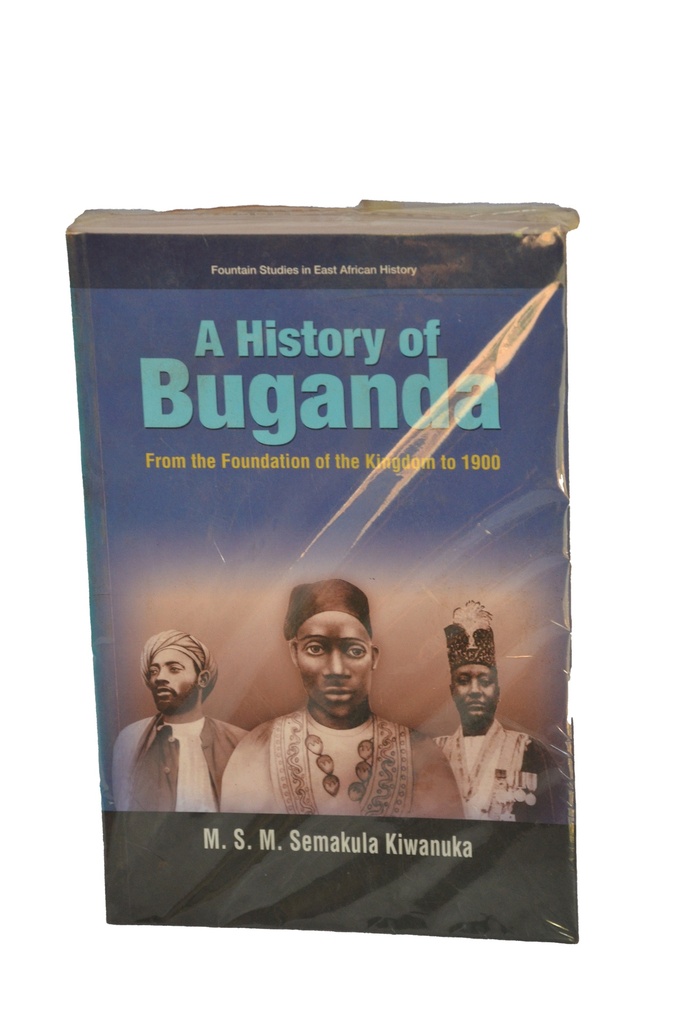Buganda, the largest of the medieval kingdoms in present-day Uganda, became an important and powerful state during the 19th century. Established in the late 14th century along the shore of Lake Victoria, it evolved around its founding kabaka (king) Kintu, who
..See More
Buganda, the largest of the medieval kingdoms in present-day Uganda, became an important and powerful state during the 19th century. Established in the late 14th century along the shore of Lake Victoria, it evolved around its founding kabaka (king) Kintu, who came to the region from northeast Africa. Kintu, who arrived as the leader of multiple clans, conquered the area, defeating the last indigenous ruler, Bemba Musota, to establish his new state. Kintu, however, ordered the new clans to intermarry with the indigenous people creating the Buganda ethnic group.
Thirty six kabakas or kings followed Kintu, who mysteriously disappeared after laying Buganda’s foundation. While in the early centuries the kings ruled at the mercy of the clan heads, by 1700 they gained more centralized authority over the kingdom.
During the 16th century, Buganda began 300 years of territorial expansion, annexing or conquering a number of chiefdoms and expanding from three provinces to twelve by 1890. Buganda’s expansion came as a result of its military superiority over its neighbors.
See Less
 Uganda
Currency Settings
Help
Log out
Uganda
Currency Settings
Help
Log out
